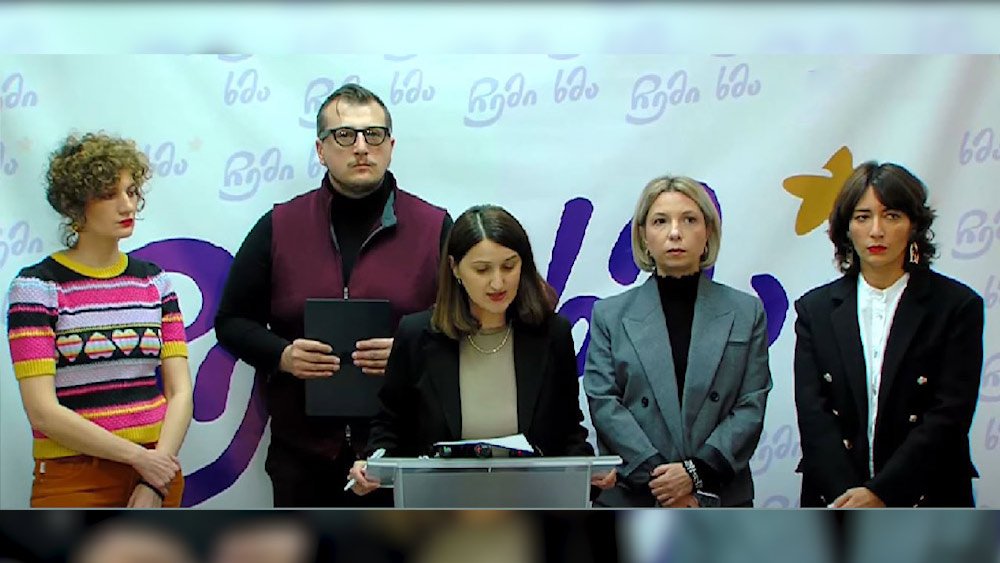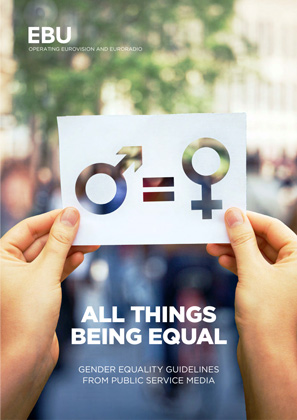
Londa Toloraia, Eka Gigauri, Nino Lomjaria, Baia Pataraia, and Giorgi Burjanadze held a joint briefing on the elections and issued a joint statement.
According to these civil society representatives, they have identified the primary scheme for large-scale election fraud.
“Based on hundreds of reports of electoral violations from observers, and after examining extensive video and photo evidence, we are revealing information about the fraudulent scheme that was employed during the parliamentary elections. The observation mission notes that beyond this primary scheme, other methods were also used (including the deployment of criminal groups to intimidate voters, voter bribery, and various forms of voter coercion) – all aimed at falsifying the election results and securing the desired number of votes. This scheme is substantiated by over 370 photos and videos provided by observers, written complaints, and eyewitness testimonies.
Additionally, based on public sources, we have collected hundreds of photos, videos, and audio recordings documenting electoral violations. We are making this evidence public, sharing it with the media, and distributing it to the international community. Throughout election day, we received more than 900 reports of procedural violations from our observers across 1,131 polling stations. In 196 polling stations where our representatives were monitoring, significant violations were repetitive, continuous, and systematic, substantially impacting the election results. Specifically, we have obtained evidence confirming a pre-planned, organized fraud scheme that was prepared well before the elections. The Central Election Commission (CEC) unilaterally and arbitrarily changed the established Electoral Code procedure without public discussions or stakeholder consultations. Instead of determining registrar functions through a drawing of lots on election day, they set this drawing one week before the elections. Most observation organizations found it impossible to monitor this process.
Parallel to the formation of voter lists, there was a dramatic increase in evidence of the ruling party renting citizens’ ID cards and collecting personal data through various means. Despite numerous calls for investigation into these facts, law enforcement agencies remained completely inactive. Despite the CEC’s public promise that there would be no obstacles to observing the verification process, the reality at polling stations on election day was completely opposite: registration tables were systematically pushed against walls in a way that made it impossible for observers to properly monitor the process. In cases where our observers managed to position themselves behind verification devices, commission members instructed them to move away, claiming they had no right to observe from that location. In some instances, our observers were expelled from polling stations for attempting to monitor the verification process.
The election fraud scheme at polling stations on election day operated as follows: Some voters arriving at polling stations had pieces of paper inserted in their passports or attached to their ID cards containing other people’s personal identification numbers. Additionally, voters were managing to cast votes using photocopies of ID cards stored on phones. The fraudulent voters had allied registrars at polling stations who were instructed to: a) Quickly enter the personal number written on the paper into the verification device b) Either skip the inking procedure entirely or perform it poorly In this fraud scheme, the perpetrator needed to maximize avoiding the inking process to receive a ballot so they could visit other polling stations and participate in voting again using the same scheme.
Consequently, the inking process, which was and should have been a safeguard mechanism against fraud during verification, was not being implemented properly. Specifically: – Voters were allowed into polling stations without checking for existing ink marks – Inking solution was not being used – Manipulation during the inking process was observed – voters avoided getting ink on their hands by covering their fingers with tissues or other methods – In some cases, the quality of the inking solution and UV lamps was inadequate: ink marks either didn’t remain visible or were easily removable, while the UV lamps were malfunctioning – requiring battery replacement, etc. The layout of registrar tables in the voting room aided both the fraudster and the registrar by making it impossible to observe the process. Alongside this infrastructure, commission members and the chairperson strictly prohibited observers from approaching registrar tables.
There were multiple instances of observers being expelled from stations when attempting to approach these tables. Significant deficiencies were documented in the mobile ballot box voting process and vote-counting procedures. In the fraud process, observers from so-called GONGO organizations acted as accomplices with three tasks:
– Neutralize legitimate observers
– Help fraudulent voters, mobilized by the ruling party, enter polling stations
– Create chaos at polling stations when needed, allowing registrars and fraudsters to conduct the verification process without attention and transfer ballots to fraudsters without interruption
All of the above, enabled fraudsters to cast votes with received ballots and place them in either electronic or non-electronic ballot boxes. This fraud scheme doesn’t create the imbalances characteristic of other carousel schemes that require removing ballots from stations.
Despite extremely limited observation opportunities, the creation of a hostile environment, and attempts at physical, verbal, and psychological violence and intimidation, observers managed to identify the main patterns of this scheme and document evidence, revealing both the scheme and its scale.
At this time, complaints requesting the invalidation of results from 189 polling stations across various electoral districts have been prepared and will be submitted to District Election Commissions. The total number of registered voters in these stations exceeds 300,000. Our lawyers continue working on submitting additional complaints requesting result invalidations, so this number will increase. The evidence collected by the observation mission contains information about election fraud crimes. Accordingly, we are addressing investigative agencies to begin an investigation under the qualification of election fraud,” the statement reads.
By - Svetlana Alimova





